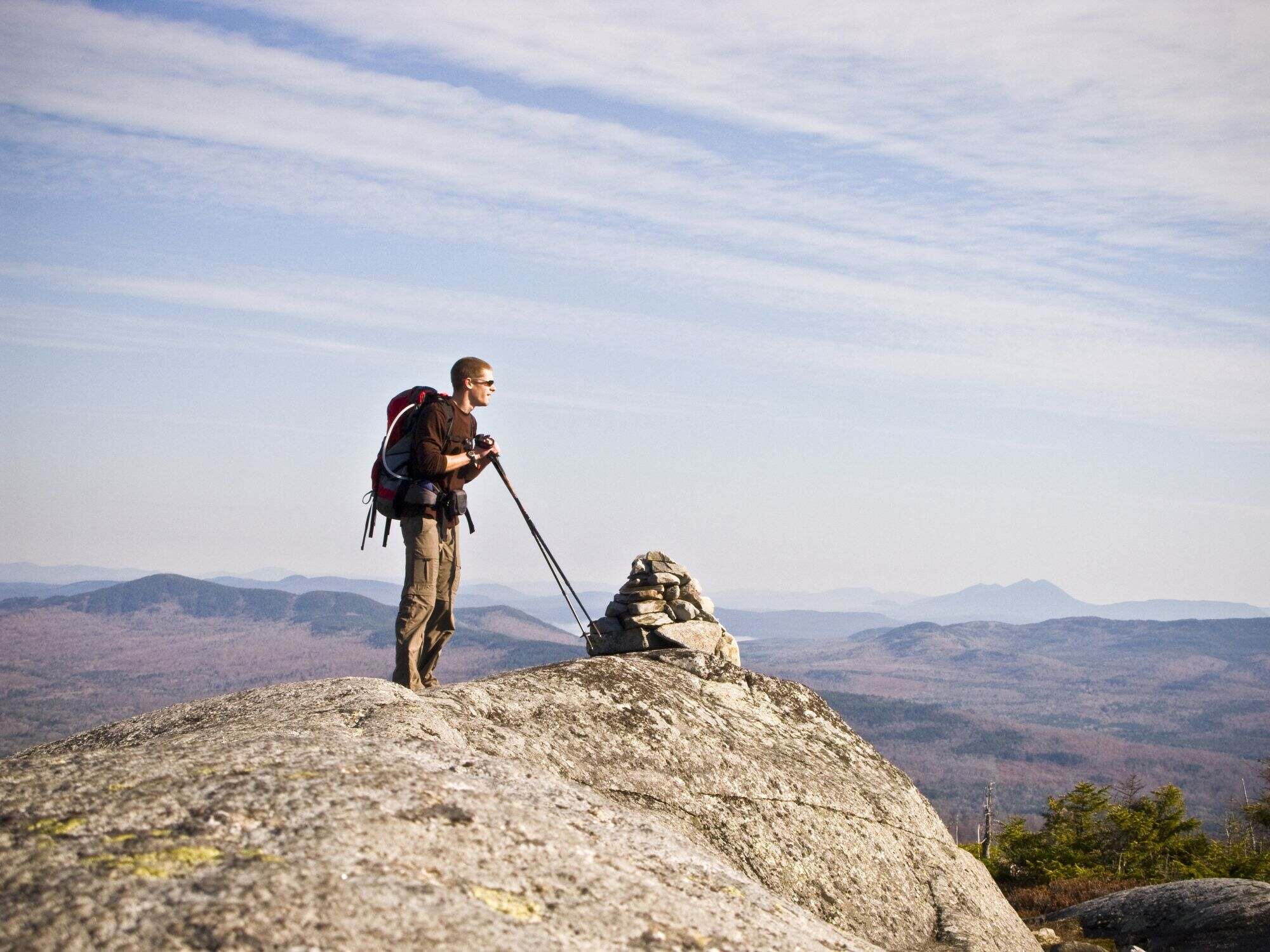Appalachian Trail Monthly Hiking Secrets

Have you ever wondered what makes the Appalachian Trail so special? Stretching over 2,190 miles from Georgia to Maine, this iconic trail offers breathtaking views, diverse wildlife, and a sense of adventure that keeps hikers coming back. Whether you're a seasoned hiker or a beginner, there's something for everyone. Each month brings unique challenges and rewards, from blooming wildflowers in spring to vibrant foliage in fall. Planning your hike based on the time of year can make all the difference. Ready to lace up your boots and hit the trail? Let's dive into the best times to experience the Appalachian Trail.
Best Time to Hike the Appalachian Trail
Hiking the Appalachian Trail is a dream for many. Knowing the best months to hike can make the experience even better. Here's a breakdown of the best times to hit the trail.
Spring: March to May
Spring brings blooming flowers and mild weather. It's a great time to start your hike.
- Great Smoky Mountains National Park: Witness the beauty of wildflowers in full bloom.
- Shenandoah National Park: Enjoy the cool, crisp air and fewer crowds.
- Roan Highlands: Famous for its stunning rhododendron gardens.
Summer: June to August
Summer means longer days and warmer nights. Perfect for those who love sunshine.
- White Mountains: Offers challenging hikes with rewarding views.
- Mahoosuc Range: Known for the "Mahoosuc Notch," the toughest mile on the trail.
- Baxter State Park: Home to Mount Katahdin, the northern terminus of the trail.
Fall: September to November
Fall is a favorite for many hikers. The changing leaves create a picturesque backdrop.
- Blue Ridge Mountains: Famous for its vibrant fall foliage.
- Delaware Water Gap: Offers stunning views of the Delaware River.
- Green Mountains: Experience the beauty of Vermont's autumn colors.
Winter: December to February
Winter hiking is for the brave. The trail is less crowded, and the snowy landscapes are breathtaking.
- Smoky Mountains: Offers a serene, snowy wonderland.
- Mount Greylock: Massachusetts' highest peak, perfect for winter hiking.
- Mount Rogers: Virginia's highest peak, known for its winter beauty.
Essential Gear for Each Season
Having the right gear can make or break your hike. Here's what you need for each season.
Spring Gear
Spring weather can be unpredictable. Be prepared for rain and cool nights.
- Rain Jacket: Essential for sudden spring showers.
- Lightweight Sleeping Bag: Keeps you warm during chilly nights.
- Waterproof Boots: Protect your feet from muddy trails.
Summer Gear
Summer hiking requires gear to keep you cool and hydrated.
- Hydration Pack: Stay hydrated during long, hot days.
- Sun Hat: Protects you from the sun's harsh rays.
- Lightweight Clothing: Breathable fabrics to keep you cool.
Fall Gear
Fall brings cooler temperatures. Layering is key.
- Thermal Layers: Keep you warm during chilly mornings and evenings.
- Insulated Jacket: Essential for colder nights.
- Sturdy Boots: Handle the leaf-covered trails with ease.
Winter Gear
Winter hiking demands specialized gear to keep you safe and warm.
- Snowshoes: Navigate snowy trails with ease.
- Heavy-Duty Sleeping Bag: Keeps you warm in freezing temperatures.
- Thermal Clothing: Essential for staying warm in cold weather.
Tips for a Successful Hike
A successful hike requires more than just the right gear. Here are some tips to ensure a great experience.
Plan Your Route
Knowing your route can prevent getting lost and ensure you see the best sights.
- Research: Study maps and trail guides.
- GPS Device: Helps you stay on track.
- Trail Apps: Use apps for real-time updates and tips.
Stay Safe
Safety should always be a priority. Here are some tips to stay safe on the trail.
- First Aid Kit: Essential for treating minor injuries.
- Emergency Beacon: Helps rescuers find you in case of an emergency.
- Buddy System: Hike with a partner for added safety.
Respect Nature
Preserving the trail's beauty is important for future hikers.
- Leave No Trace: Pack out all trash and belongings.
- Stay on the Trail: Prevents damage to the surrounding environment.
- Respect Wildlife: Observe animals from a distance.
Must-See Landmarks on the Appalachian Trail
The Appalachian Trail is filled with breathtaking landmarks. Here are some you shouldn't miss.
Iconic Peaks
Some peaks on the trail offer unforgettable views and experiences.
- Clingmans Dome: The highest point on the trail, offering panoramic views.
- McAfee Knob: Known for its iconic rock ledge and stunning vistas.
- Mount Washington: Famous for its extreme weather and beautiful scenery.
Historic Sites
The trail is rich in history. Visit these sites to learn more about its past.
- Harpers Ferry: The halfway point of the trail, steeped in Civil War history.
- Fontana Dam: An engineering marvel and a key point on the trail.
- Bear Mountain: Home to the oldest section of the Appalachian Trail.
Natural Wonders
Experience the natural beauty of the trail through these wonders.
- Grayson Highlands: Known for its wild ponies and scenic views.
- Franconia Ridge: Offers stunning alpine scenery.
- Tumbling Run Shelters: Unique twin shelters with a picturesque setting.
Embracing the Appalachian Trail Adventure
Hiking the Appalachian Trail offers a unique experience every month. Each season brings its own beauty and challenges. Spring's blooming flowers, summer's lush greenery, fall's vibrant foliage, and winter's serene landscapes all provide different adventures. Planning your hike according to the month can enhance your journey, ensuring you encounter the trail at its best.
Remember to pack appropriately for the weather, stay hydrated, and always respect nature. Whether you're a seasoned hiker or a beginner, the Appalachian Trail has something for everyone. The key is to be prepared and enjoy the journey.
So, lace up your boots, grab your backpack, and hit the trail. The Appalachian Trail awaits, ready to offer you memories that will last a lifetime. Happy hiking!

